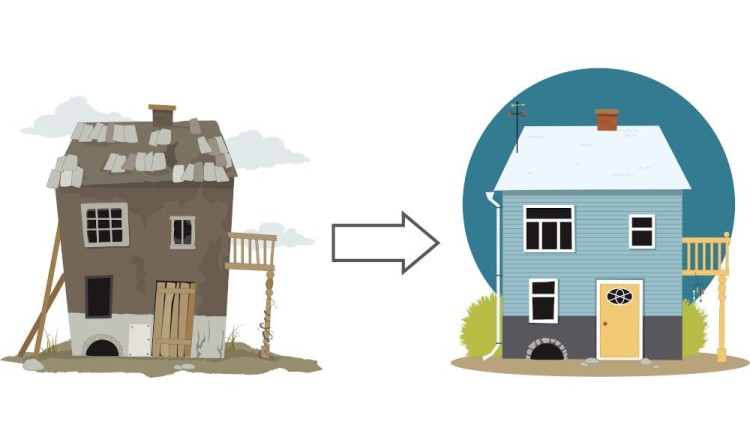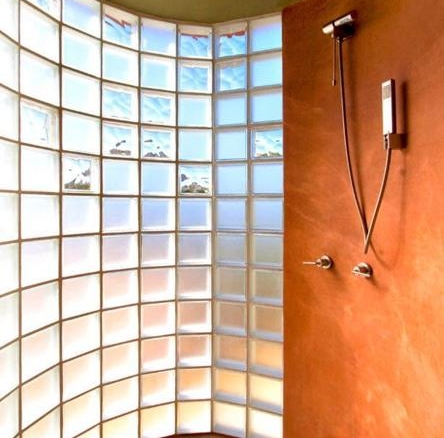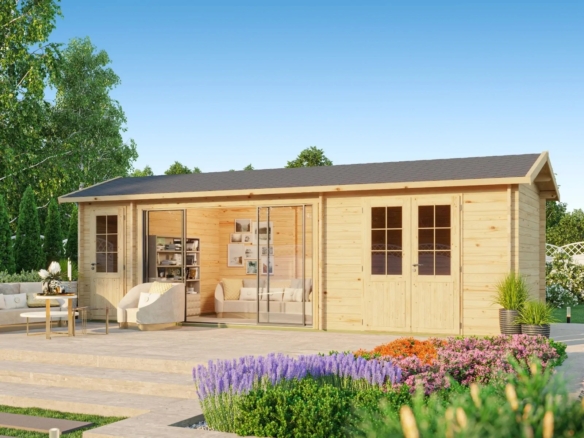Are you captivated by the idea of buying an under-loved property, transforming it with your own hands, and selling it for a healthy profit? Welcome to the world of house flipping! But be warned, while it’s often glamorized on reality TV shows, the reality can be quite different. This method of real estate investment involves a delicate blend of skill, knowledge, and risk tolerance. In this guide, we will delve into the ins and outs of flipping houses, helping you understand what it takes to turn this exciting concept into a potentially profitable venture.
Understanding House Flipping
House flipping is a real estate investment strategy that revolves around buying a property at a lower cost, often in a ‘distressed’ state, improving it, and then selling it for a profit. This profit is ideally derived from price appreciation resulting from a hot housing market or from capital improvements made to the property—or both.
House flipping can be an incredibly rewarding venture, both financially and personally. Imagine taking a rundown property and restoring it to its former glory, all while adding your own personal touch. Then, imagine selling that property and seeing a substantial return on your investment. Sounds appealing, right?
But before we get carried away, it’s crucial to understand that this endeavor is not without risk. The process of house flipping involves various moving parts and potential pitfalls. Renovations often cost more than anticipated, the housing market might not be as hot when you’re ready to sell, or the property may take longer to sell than you’d like. Each of these issues can eat into your profits, or even result in a loss.
In addition, flipping houses is not a passive investment strategy. It requires time, effort, and a deep understanding of the real estate market and home renovation process. Even then, you might encounter unforeseen issues with the property or challenges in the real estate market.
Still intrigued? Good! In the next sections, we’ll explore how to navigate these challenges and set yourself up for success in the house-flipping business.
How to Find the Right Property to Flip
Finding the right property to flip is a crucial step in this process. Not just any house will do. To maximize your potential profit, you need to find a home that is undervalued, in a desirable location, and one that offers ample opportunity for value-adding improvements.
Start by researching different neighborhoods and understanding the real estate market in your chosen area. You’ll want to look for growing neighborhoods where people want to live, as these are places where a beautifully renovated home is likely to sell quickly.
Next, consider the price of the property. The golden rule in real estate investing is to make money when you buy, not when you sell. This means that you’ll need to find a property that is undervalued or priced low enough to allow for the cost of renovations and still make a profit when sold.
Once you have a shortlist of potential properties, it’s time to estimate the After Repair Value (ARV). This is what the house could be worth after the necessary repairs and renovations. To calculate ARV, look at comparable houses (comps) in the same neighborhood that have recently sold.
Renovating for Profit
Once you’ve acquired the property, the next step is to renovate it. But beware, not all renovations are created equal. The key here is to focus on improvements that will increase the home’s value without blowing your budget.
First, create a detailed renovation plan and budget. Include everything from major remodels to minor touch-ups. Keep in mind that unexpected expenses are the norm when it comes to house flipping, so make sure to include a contingency in your budget.
When choosing what improvements to make, consider what will appeal to the broadest range of potential buyers. Kitchens and bathrooms often offer the best return on investment. Finding the balance between quality and cost is key. You can go to local showrooms and negotiate discounts or go to discount wholesalers for specific needs like countertops and cabinets (example brand). Other value-adding renovations include enhancing the home’s curb appeal with landscaping, painting the home’s exterior and interior, and upgrading fixtures and fittings.
Selling the Flipped House
With renovations complete, it’s time to sell the property. The aim is to sell it at a price that covers your purchase price, renovation costs, holding costs (like property taxes and insurance), and leaves a profit.
First, determine a realistic selling price. Again, you’ll need to look at the sale prices of comparable properties in the area. You might also consider getting an appraisal.
To attract potential buyers, you’ll need to market the property effectively. Professional-quality photos are a must, and staging the home can make it more appealing. An experienced real estate agent can be invaluable in this part of the process, as they can provide insights into what buyers in your market are looking for and help you price and market the property effectively.
Financing Your House Flip
Having a solid financial plan is a cornerstone of successful house flipping. First and foremost, you need capital to purchase the property. But don’t forget about the funds required for renovation, holding costs, and possible unexpected expenses.
There are several options when it comes to financing your flip:
Personal Savings: This is the simplest and most straightforward method. If you have sufficient savings, you can use them to finance your flip. The advantage is that you don’t have to pay interest or share your profits.
Bank Loans: If you have a good credit score and stable income, you might qualify for a loan from a traditional lender. Keep in mind that you’ll need to pay interest and possibly origination fees.
Hard Money Lenders: These lenders provide short-term loans ideal for house flipping. They focus more on the potential profitability of the deal than your credit score. However, they charge higher interest rates and fees.
Private Investors: These could be friends, family members, or others interested in real estate investment. They might invest in exchange for a share of the profits.
Each financing option has its pros and cons, so it’s important to understand these before deciding which is best for you. Always factor the cost of financing into your budget to ensure it doesn’t eat into your profits.
Understanding the Risks
House flipping is not without risks, and it’s crucial to understand these before you start. One common risk is underestimating the renovation costs. Even with a carefully prepared budget, unexpected issues can arise—especially with older homes. Always have a contingency fund to cover unexpected costs such as roofing repair or faulty electrical wiring.
Overestimating the ARV is another common pitfall. It can be easy to get carried away with the potential of a property, but it’s important to stay realistic. Consider getting an independent appraisal to help determine a realistic ARV.
Changes in the real estate market can also impact your flip. You might buy a property intending to flip it quickly, only for the real estate market to cool off. This could leave you holding onto a property longer than planned, increasing your holding costs and potentially decreasing your profit.
Finally, keep in mind that house flipping requires a significant investment of time and effort. Make sure you’re prepared for this commitment before diving in.




